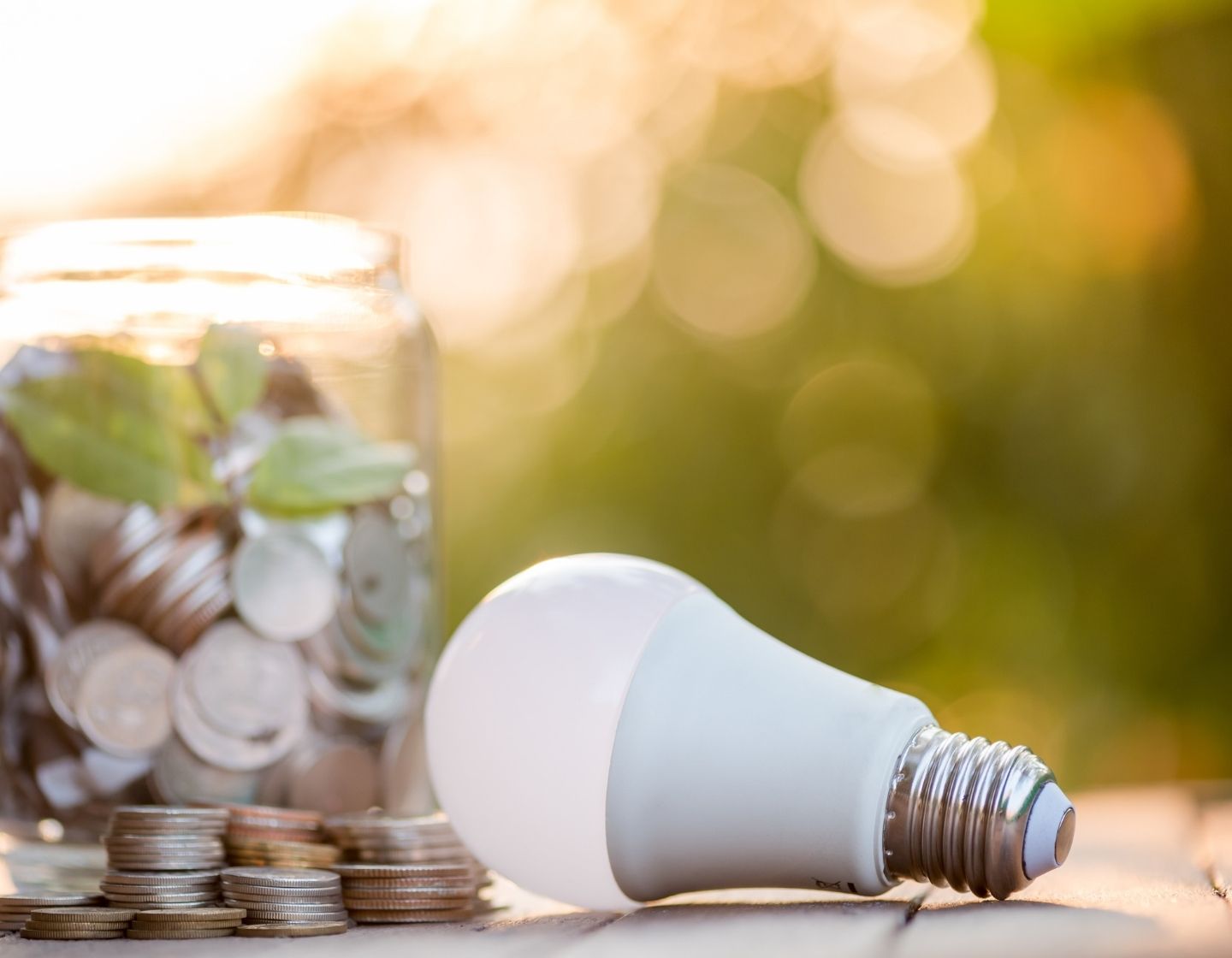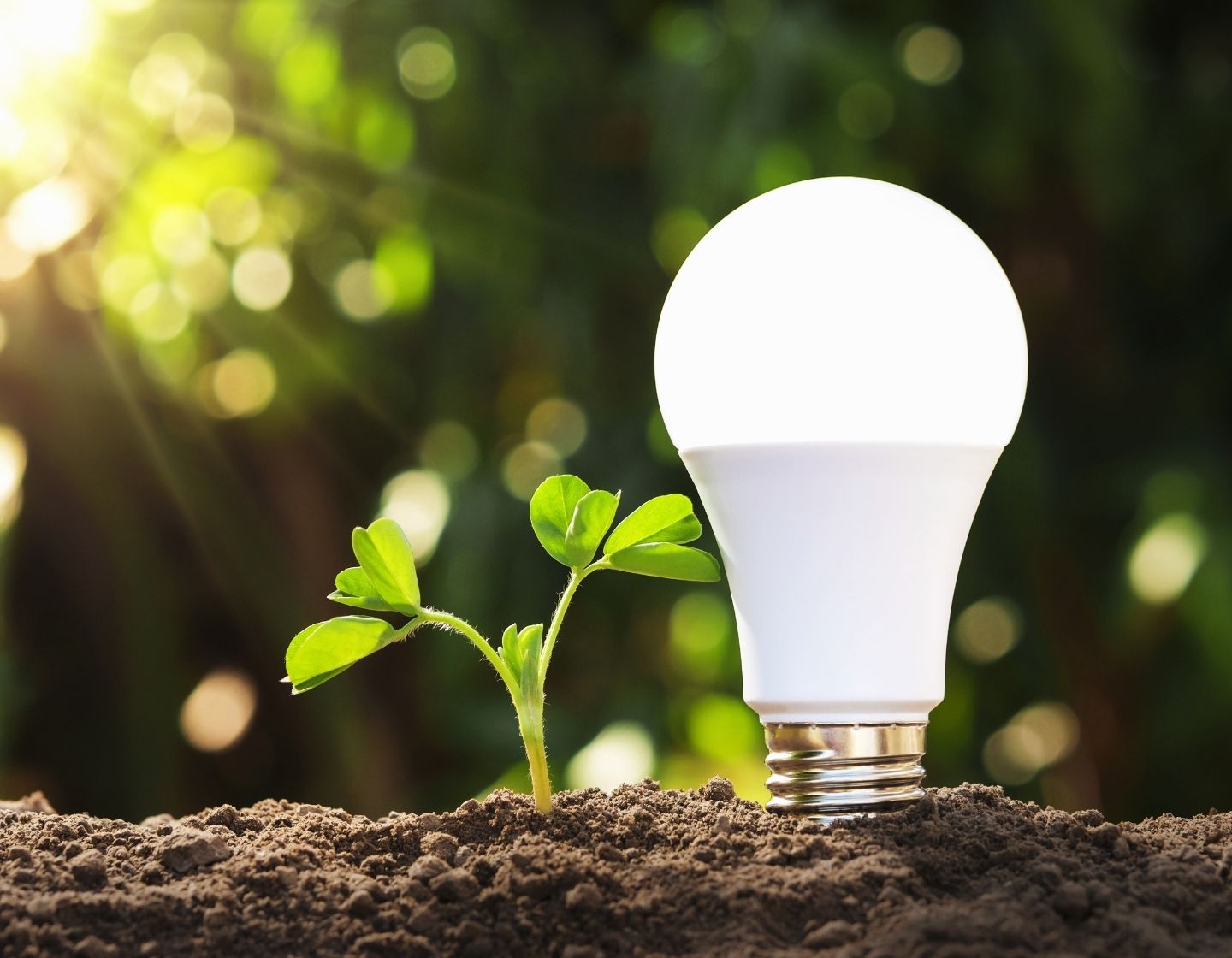Is my electricity bill reduced by installing LED lights?
We’re all looking more closely at our electricity bills after the shocking rise in whole energy prices and know that we need to find ways to control costs.
Lighting accounts for around 15% of household electricity usage in the UK, so it’s worth asking. “Is my electricity bill reduced by installing LED lights?” And if so, it’s good to know how much that reduction will be.
Our electricity costs have shot up with the energy price cap rise on April 1st, with a 54% rise for the average dual fuel bill, affecting around 22 million households. Those on default tariffs paying by direct debit will see an increase of £693 from £1,277 to £1,971 per year. Prepayment customers will see an increase of £708 from £1,309 to £2,017.
This breath-taking increase is being driven by the record rise in global gas prices over the past 8 months, with wholesale prices quadrupling in the last year.
We can expect further rises, as the price cap is updated two times a year, tracking wholesale energy and other costs. There’s a small bit a relief, but not much – energy analysts Cornwall Insight now say that the price cap is expected to rise by 29% in October. This is lower than the original estimated figure of 50% but will still add significant costs electricity and gas bills.

Savings with LED lighting
If you replaced all your halogen lighting with quality LED bulbs, the savings are impressive and you’d repay the purchase costs very quickly. Let’s take a couple of examples – according to lighting specialists Phillips (known now as Signify), if you replaced a 28W halogen GU10 spotlight that’s on for 4 hours a day with a 4W dimmable LED bulb, you would save £7.77 a year on current electricity prices.
And if you replaced a 42W halogen GU5.3 spotlight with a 3.4W dimmable LED, running for 5 hours daily, the savings would be £15 a year. What’s more quality LEDs should last 25-30 years, in contrast to a halogen that would work for 3,000 hours.
Our research shows that while it costs around £25 to run an old 60-watt incandescent light bulb for 10 hours a day for a year, the cost for an LED bulb is a little over £1.50 a year. You can see that by replacing all the energy-guzzling bubs in the home, you could save hundreds of pounds annually.
And if we all switched to LEDs it would reduce domestic energy bills in the UK by £2 billion. The initial costs of LED bulbs (and other LED fittings) have come down a lot over the past couple of years, so you make a small investment throughout the home and benefit from repayment through lower energy consumption, often within as little as 3-4 months. And you go on saving money year after year.
In the longer term, we have to switch to LEDs as halogen bulbs have been removed from sale by the government (and EU), and incandescent bulbs were banned a long while back. You might still find them as retailers are allowed to sell off old stock, but they can’t buy in new ones. Specialist halogen bulbs are still found in ovens, cooker hoods and security lights but you can replace these with LED as well.
LED clearly is a very energy-efficient technology. Look at other household equipment – say you change your fridge or freezer to an A+ rated appliance. This would save around 20% energy, while LEDs are 10 times more efficient than the bulbs they replace.
LEDs are also more efficient than the drab compact fluorescent lighting bulbs with twice the lifespan of CFLs. The quality of light is better with no warm-up time.

Better for the planet
By switching to LEDs there is the additional benefit of greatly reduced CO2 emissions, and you can cut your carbon footprint by up to 85 per cent. For every halogen bulb you replace with an LED bulb you save around 5kg of CO2 emissions. If all 28 million UK homes fitted LED bulbs, we could save 1.7 million tonnes of CO2 emissions a year.
LEDs also don’t contain harmful elements like mercury (in CFLs) and long life span means less waste.
But remember, take care when choosing LEDs. Not all LEDs are of the same quality and there are issues with cheap LEDs, including poorer light quality and unacceptable failure rate. Always choose trusted brands and check for the quality mark and guarantees.
Shop our comprehensive, quality LED range.
This article has been written by SaveMoneyCutCarbon and is correct at April 2022. This content does not constitute advice and is for general guidance and educational purposes only. It should not be circulated or used in presentations or materials without prior approvals and does not constitute legal advice or formal training. Always undertake your own research before taking any action. It is recommended that specific professional advice relevant to any particular or individual situation is sought before acting on any information given (© 2022 SaveMoneyCutCarbon.com)

How much do tv led lights cost to run nun